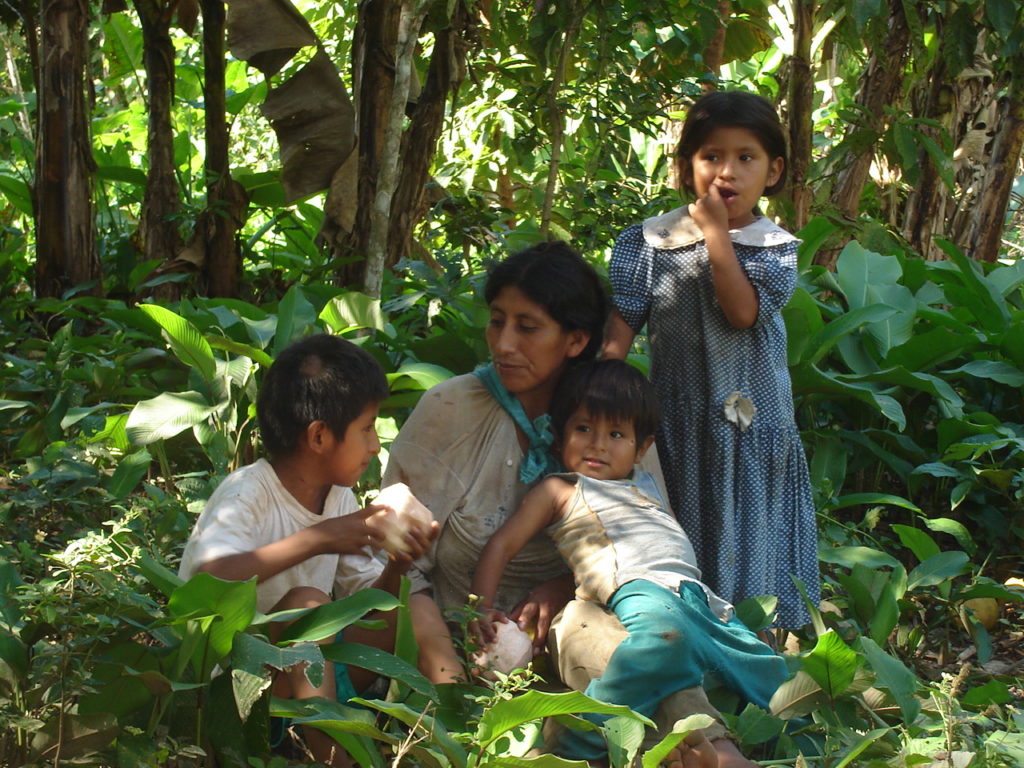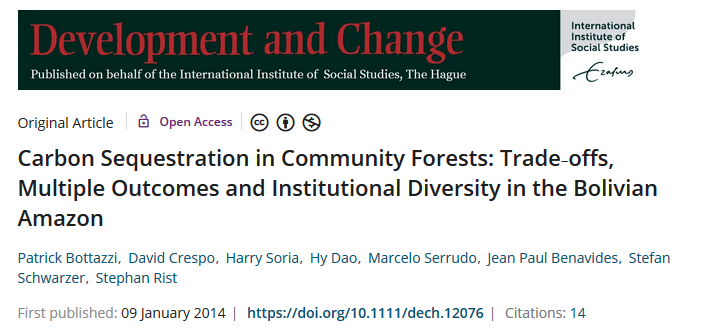
Carbon sequestration in community forests presents a major challenge for the Reducing Emissions from Deforestation and Forest Degradation (REDD+) programme. This article uses a comparative analysis of the agricultural and forestry practices of indigenous peoples and settlers in the Bolivian Amazon to show how community‐level institutions regulate the trade‐offs between community livelihoods, forest species diversity, and carbon sequestration. The authors argue that REDD+ implementation in such areas runs the risk of: 1) reinforcing economic inequalities based on previous and potential land use impacts on ecosystems (baseline), depending on the socio‐cultural groups targeted; 2) increasing pressure on land used for food production, possibly reducing food security and redirecting labour towards scarce off‐farm income opportunities; 3) increasing dependence on external funding and carbon market fluctuations instead of local production strategies; and 4) further incentivising the privatization and commodification of land to avoid transaction costs associated with collective property rights. The article also advises against taking a strictly economic, market‐based approach to carbon sequestration, arguing that such an approach could endanger fragile socio‐ecological systems. REDD+ schemes should directly support existing efforts towards forest sustainability rather than simply compensating local land users for avoiding deforestation and forest degradation.

![]()

Leave a Reply
You must be logged in to post a comment.